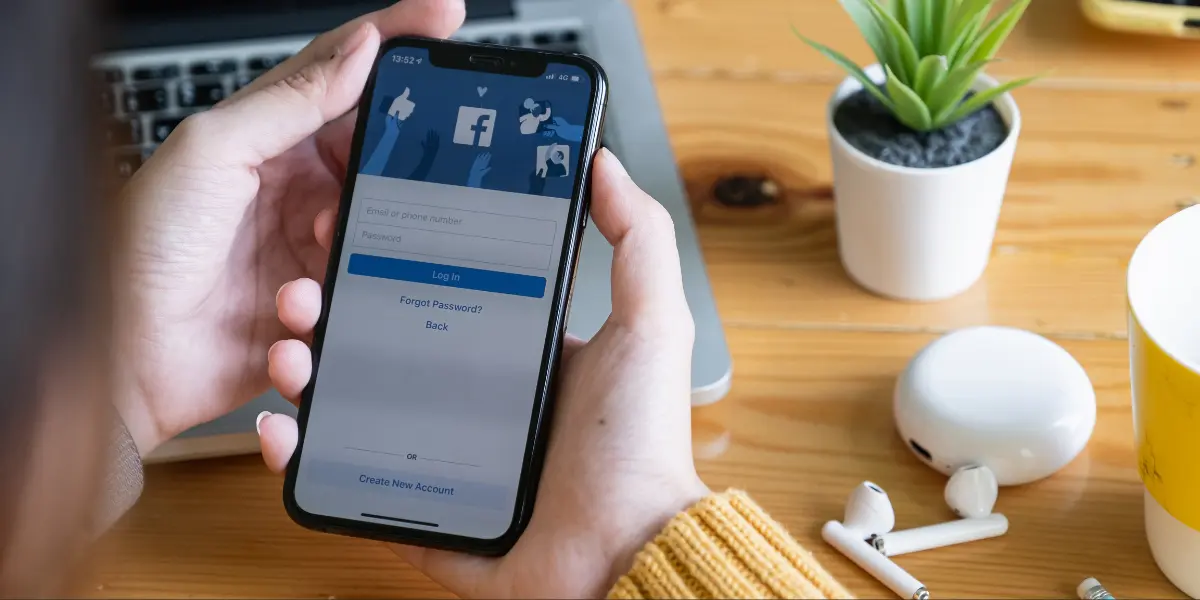So you’ve setup and started your company Facebook page, you’ve identified your target audiences, planned your content and now you’re ready to start posting… But what should you post? And perhaps more importantly – how often?
Getting the balance right, especially as a business, is in our opinion more about the quality of your posts over the quantity. Arguably you could post 10 times a day – provided the content was engaging enough and you didn’t risk annoying disengaging users. So what then is the true measure of the correct quantity of posts, and how do you decide how often to post on your company Facebook page?
Understanding social media helps us understand frequency
Understanding that social media isn’t, has never been and will never be one-size-fits-all (especially for a businesses) is a good place to start.
No business ever begins posting on social media and immediately starts picking up sales leads. It’s a far more long term strategy, based around consistently delivering on shorter, more measurable goals – such as reach, brand recognition and regular engagement. The numbers and recommendations vary from industry to industry, and also by the size of company in question.
Some businesses like to adopt a softer approach to social media, releasing their content at a steady pace and preferring to remain active over proactively driving growth. Others, however are hands on social media warriors! They share everything – from their latest offers and news to relevant content articles and imagery they might have found.
How often should you post?
Posting at least once a day is probably the figure to aim for when you are starting out, but generally speaking we would assess post quantities for each client based on their:
- Goals and objectives
- Size
- Industry
- Approach
- Target audiences
We realise soon after we take note of these answers that the overarching question should really be ‘what should we post?’ as opposed to ‘how often should we post?’ It’s all about devising the best way of delivering the best mix of posts and projecting the best possible representation of your brand to social media users. Once companies get posts going out on a regular basis and can start to get a better feel of what they are about, their services and their attitudes – but sometimes still misinterpret whether the information they are delivering is what users want to see.
Finding out what to share, how often to post and how to get the most out of your social media is as easy as directing those same questions at the people most important to you – your own people.
Understanding what to post
Arranging a regular buzz session in which you can talk about what could be shared on social media, what’s going on in your industry that could be worth shouting about, is a great idea. Someone within the business might be running for charity or raising money for a particular cause, so why not use the companies’ social media pages to help rally support/track the progress of that individual? You could have them write a blog to accompany the posts and assign a dedicated hash tag.
Taking an approach like this to social media and attempting to offer variety in your posts that is focused on delivering personality and engagement rather than just an endless stream of industry information designed to generate sales leads will give you far better returns from your efforts. Not only will this translate into organic likes, follows, shares and comments, but you will begin to see real, measurable and organic buy in from those working within your own organisation. The question of ‘how many times should I post?’ will have become almost completely irrelevant, because by that point you will be interacting with an endless stream of discussions online.
Understanding your social networking priorities
When you start to think about the possible applications for your own social media, try to think of your own people first and ‘what it is that you are trying to do’ second. Yes, we all want social media to drive attention to our products and eventually generate us sales leads and enquiries, but it’s so much more important to remember that engagement is the key here. Just being ‘seen to be active’ isn’t necessarily going to unlock success for you in the long term.
The average Facebook user has more than 200 friends, so preparing a newsletter designed to promote any planned social activity internally and in advance is a nice way to generate some awareness internally and get regular participation from employees. You could even run regular features – games, caption competitions etc. or share some internal monthly awards – top sales, most tea’s made etc. and use the newsletter as a means of relaying these results.
By making your social media pages places where staff are made to feel welcome and encouraged to engage with you, rather than just an extension of the company pinboard, you will instantly open up your network to hundreds of new friends/followers and can begin to build your brand an audience of early adopters and brand champions from within.
What social media is all about
We believe that Social media provides us with all the tools we need to give our clients, partners and our new friends an engaging insight into who we are and what it is that we do. We would recommend sharing as much as you feel is appropriate for your audience and business size, when you step back and consider the sheer magnitude of the workload that actually means could be involved here, you will begin to see why so many companies get as far as generating their page likes, but fail to get that all important engagement out of it in the end. I personally believe that it’s all about offering users diversity in your content and thinking about your people first and your overall business objective second. ROI is always the eventual destination, so it’s not for a second wrong to aim for that end goal, but getting there is a slow and organic process. You need as many people on board to support your effort from the very start, people who endorse and champion the use of social media as a communication tool and a window on your business.
Once you have taken the time to truly identify with and engage with your audiences, you will be in a better position to analyse, segment and then finally reach out to them with timely, relevant posts; which will in turn ensure maximum conversions and minimal fallout.




